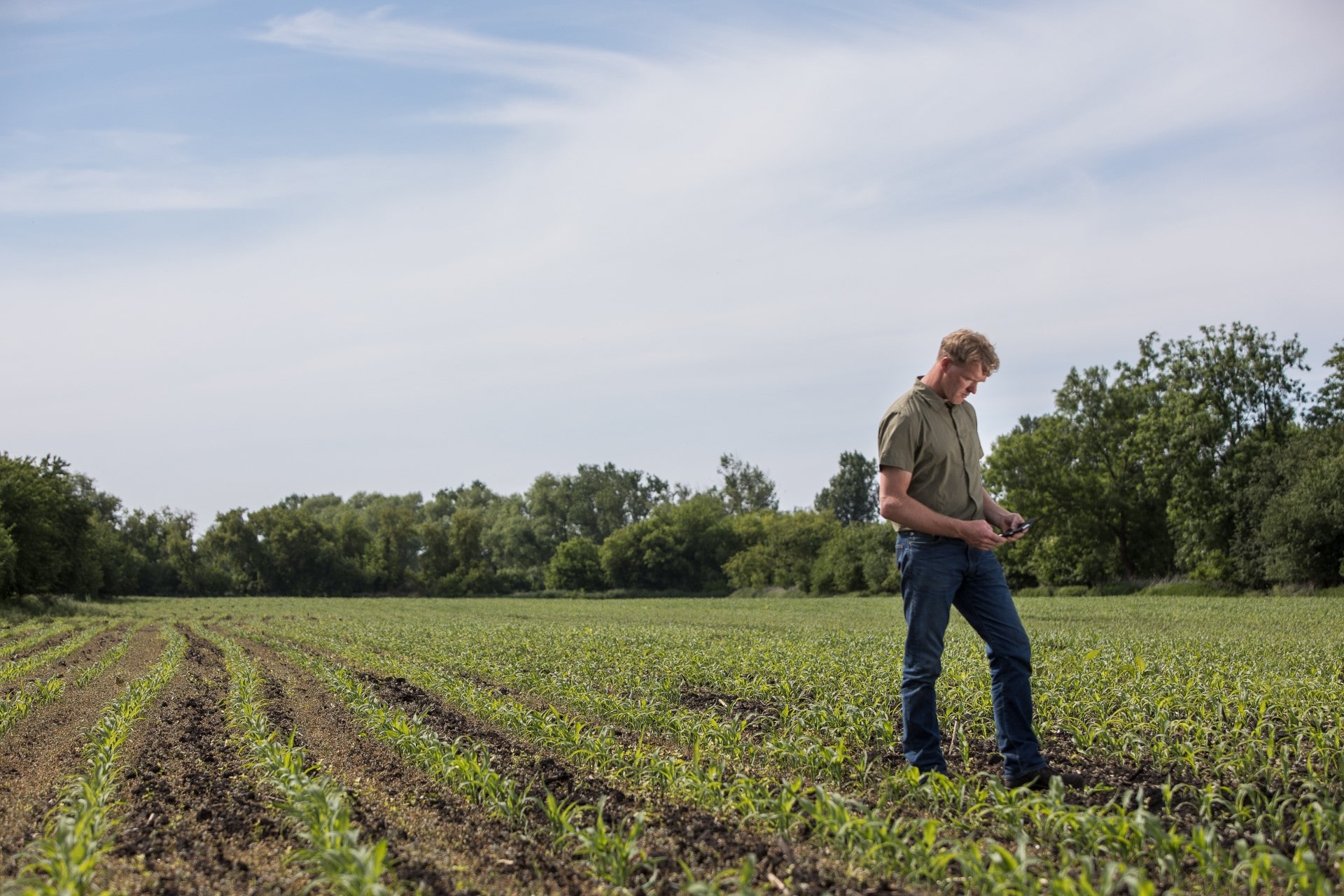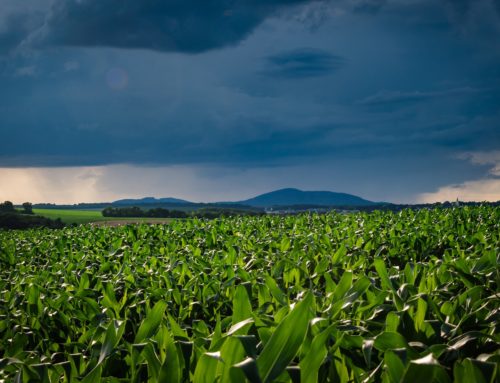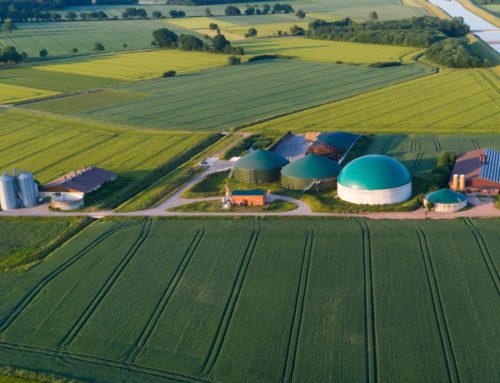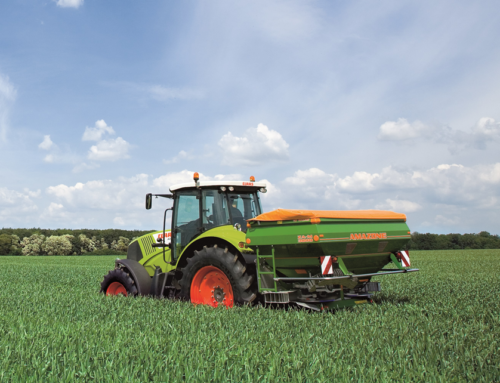Summer crops –
from spring sowing to summer harvest
Before sowing: Tilling and soil condition
The successful cultivation of summer crops starts long before sowing and therefore requires optimal tilling. For this purpose, the form of sowing should be defined in order to select the most appropriate type of tilling. In general, the shallowest possible form of tilling should be used so as not to destroy the capillary system of the soil. This can result in an insufficient water supply for the crop, which can lead to lower yields, especially in a dry spring. Mixing the upper layers of soil, on the other hand, aerates and warms the soil, eliminates weeds and thus lays the foundation for the successful germination of the summer crops.

Sowing:
seed quantity, seed density and seed depth
“Like seed, like harvest,” is a sentence that is often heard in the cultivation of sugar beet. However, this guideline applies to all other crops, and especially in spring. An ideal emergence ensures that plants can use the sunny days faster to form leaf mass and store both water and nutrients. Sugar beet requires a solid seed furrow and a light coating of earth to ensure a sufficient water supply and promote rapid germination. Since maize is often cultivated on heavier soil, a relatively shallow drill depth of 4–5 cm is required to make it easier for the seedling to grow. However, it is recommended that the depth is regularly checked during drilling, as sowing the seed too shallow can lead to the grains drying out.
While summer cereals require somewhat less precision, particular care should be given to the seed quantities. At an ideal sowing time at the start of the vegetation cycle, approximately 300 grains should be sown per square metre. The later the sowing, the higher the seed rate should be.
If the most practical system of tramlines is observed during sowing, losses can be minimised, and the processes of plant protection and fertilisation made simpler. This is particularly important with sugar beet and maize since they find it harder to recover from being driven over too many times.
After sowing: fertilisation, plant protection and harvest
In order to promote the growth of crops after sowing, many different fertiliser and plant protection products can be used. Sugar beet has the highest requirements for a comprehensive nutrient supply. Any deficit here will have a much faster impact on yield than with other crops such as cereals. In addition to basic nutrients such as nitrogen, phosphate and sulphur, micronutrients such as boron and manganese play an important role in ensuring a healthy plant with sufficient leaf mass and high sugar content. As a rule, three plant protection measures are carried out to protect sugar beet from pests, weeds and diseases. The follow-up treatments (FUT) should be carried out with caution, as the beet itself reacts very sensitively to plant protection products.
In the case of maize, a root fertiliser is applied in the same work step as the actual sowing. This means that a nitrogen and phosphate fertiliser is applied approx. 5 cm next to and 5 cm below the maize seeds. In this way, the plant has early access to a sufficient quantity of nutrients to allow optimum germination. Plant protection in maize is usually limited to herbicide applications. Since this crop does not cope well with competitive weeds, this should be carried out thoroughly.
Spring cereal crops, like winter crops, require first and foremost a sufficient supply of nitrogen. Plant protection applications can be used as needed and depend strongly on the weather.
Spring sowing with 365FarmNet


Crop rotation and seed planning
All the crops and varieties that have been planted are displayed for all the fields under cultivation. This means that changes in the crop rotation or in the variety can be planned and the cultivation conditions and total yield quantities varied accordingly.





